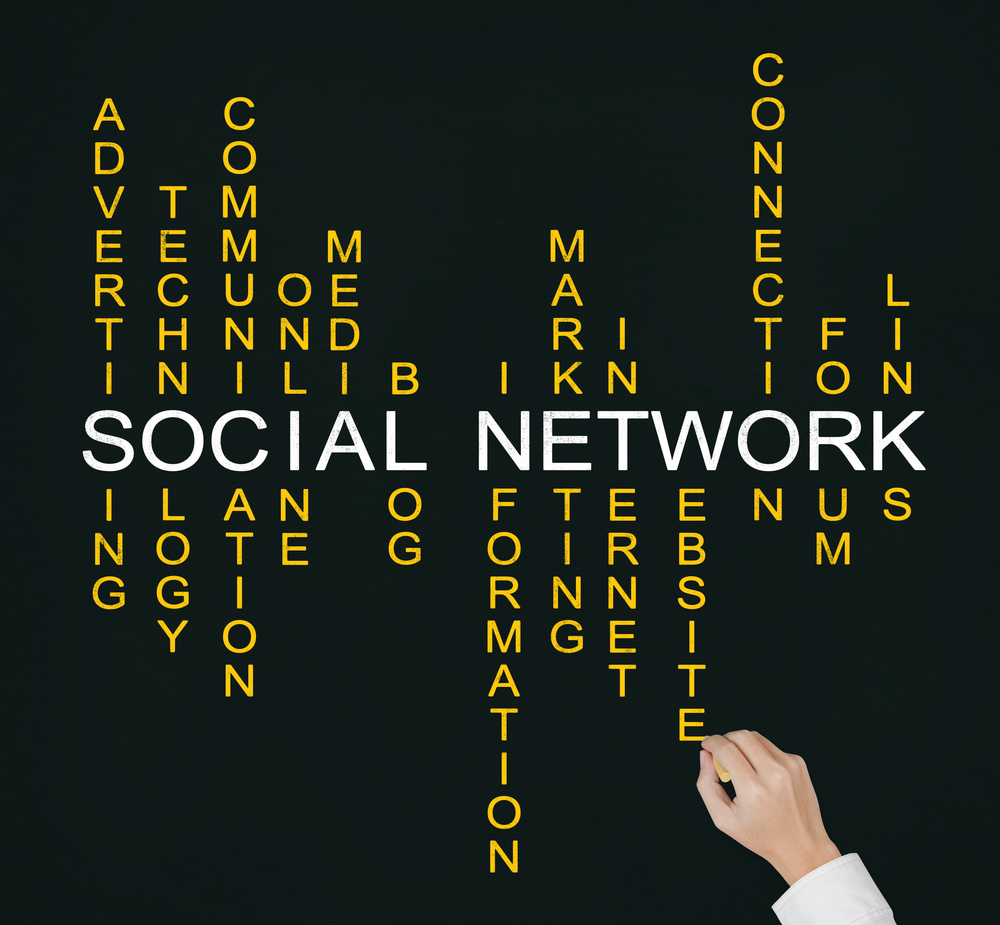Social media networks like Facebook and Twitter recognize they can monetize their services if companies can effectively market on them, and over the past several years each site has introduced features to help brands target content and ads at their fans. Social advertising will reach new prominence over the next four years, with BIA/Kelsey forecasting U.S. social advertising revenues to grow from $4.7 billion in 2012 to $11 billion by 2017. Perhaps the future of social media marketing lies in how major networks improve and support local targeting capabilities.
BIA/Kelsey expects social advertising technology to help marketers target local audiences, streamline the onboarding process and provide both brands and SMBs with greater campaign management control. The source expects locally targeted social ad revenues to experience a compound annual growth rate (CAGR) of 26.4 percent, from $1.1 billion in 2012 to $3.6 billion in 2017.
Facebook and Twitter also drive mobile ad revenues, and BIA/Kelsey expects spend on those ad types to reach $2.2 billion by 2017 – a CAGR of 29.9 percent.
“Social networks are evolving their ad products and features to improve performance,” Director of Consulting and Senior Analyst at BIA/Kelsey Jed Williams said. “Native social formats, including video and mobile-social advertising will be the principal market growth drivers.”
Are you a skeptic?
In 2009, the average Facebook member Liked 4.5 Pages compared to approximately 40 Pages today.
Of course, people still think social sites like Facebook won’t ever reach a point where they drive enough revenue for companies to be deemed essential for success. However, Socialbakers reports that Facebook users have become increasingly open to connecting with brands via their accounts. In 2009, the average Facebook member Liked 4.5 Pages compared to approximately 40 Pages today. In the United States, the average user connected with 70 branded Pages.
When people Like company Pages via the network, branded content ends up in News Feeds as organic posts and promoted posts. Because Liking a Facebook Page is an opt-in experience, users are likely to embrace published media as articles report on topics of interest, rather than straightforward ads, and many businesses have begun to see results from their social marketing efforts. In 2009, Pages posted only five times per month, failing to interact with fans and followers. Today, Facebook Pages update 36 times a month, and a lot of those posts generate responses from prospective and current customers.




